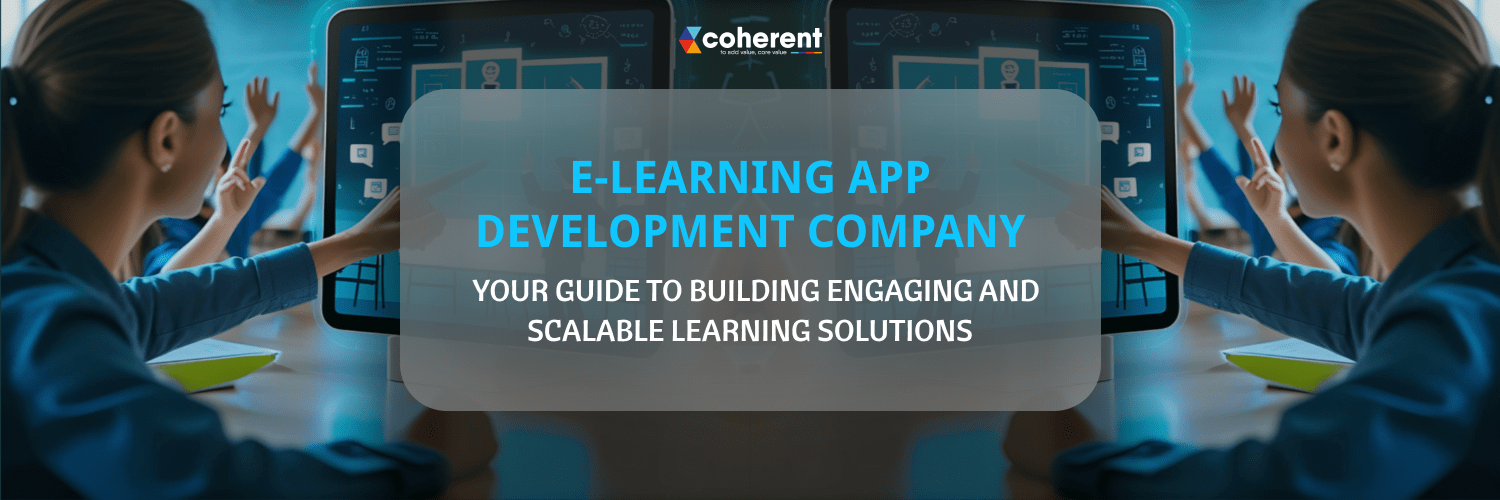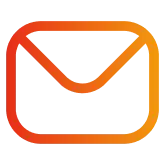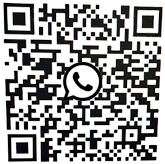E-Learning App Development Company: Your Guide to Building Engaging and Scalable Learning Solutions

Ready to revolutionize workplace learning with an e-learning app that boosts engagement, completion rates and performance? As organizations aim to modernize their upskilling efforts, the global e-learning market reached approximately $314 billion in 2024 and is projected to surpass $350 billion in 2025, (according to the Business Research Company). Meanwhile, mobile learning continues to gain traction, with industry estimates indicating that two-thirds of U.S. companies now offer mobile training. This is where the significance of a good e-learning app development company is perceived the most.
If you’re a CLO, Head of L&D or a founder weighing build vs. buy, this guide breaks down how to design engaging, scalable online education apps that cut costs, boost retention and future-proof your talent strategy and reduce time-to-competency for learners.
What is an e-Learning App?
An e-learning app is, at its heart, a tool that makes knowledge easier to reach. People open it on a phone, tablet or desktop and continue learning wherever they are. It isn’t just a page of notes. Rather, lessons are interactive, with quick quizzes and even options to collaborate.
For a business, the value goes further. Training can be shaped to individual needs, progress tracked in real time and systems linked with HR or LMS platforms. Learners benefit too, with shorter modules and freedom to study when it suits them. In modern workplaces, this balance improves engagement and consistency.
And this is the very reason why availing the services of a good online education app development company is the need of the hour these days.
Read More: Educational App Development: Revolutionizing Learning for the Digital Age
Types of Remote Learning Apps
The phrase “online education app” might sound simple, but in practice it covers a wide spectrum. No single platform works for every situation and that’s where organizations often stumble.
Some tools shine at scale, others at personalization and a few exist mainly to check regulatory boxes. Understanding the differences helps in choosing wisely. A good e-learning app development agency can help you out with this. Let’s understand some of the important types of e-learning apps.
Online Platforms and MOOCs
Take MOOCs, for example. These Massive Open Online Courses exploded in popularity because they’re cheap, accessible and broad. A learner can log in from anywhere, enroll instantly and dive into content.
Platforms like Udemy app or edX illustrate the point well. Of course, the trade-off is that interaction tends to be shallow.
Learning Management Systems (LMS)
On the other hand, LMS platforms are all about order. These systems are meant to monitor employee progress, centralize training and generate compliance data. Many also sync with HR software.
In the absence of an LMS, a large company will quickly drown in scattered files and spreadsheets.
Tutoring and Mentoring Tools
Self-study isn’t enough for everyone. That’s where tutoring apps prove their worth. They pair learners with experts for one-on-one or small group guidance. Inside a business, they often evolve into mentorship systems, adding a human touch technology alone can’t provide.
Skill-Specific Platforms
Another branch narrows in on professional skills includes coding bootcamps, leadership modules or project management courses. A good online classes application is a great way for conducting such programs.
These programs usually end with a certificate, which, truth be told, many learners value as much as the knowledge itself.
Learning Styles and Formats
Delivery models differ. It may be real-time classes or workshops (synchronous), flexible, recorded sessions (asynchronous), bite-sized lessons for busy staff (microlearning), points, rewards or challenges (gamification) and smart platforms that adjust as you go (adaptive learning).
You can always have a word with a good e-learning app development company and they will help you decide on the best type of model for you.
Other Notable Types
Certain apps replicate classroom environments by incorporating features like whiteboards and breakout groups. Others concentrate on assessments like quizzes, exams, progress analytics.
Academic institutions lean on Student Management Systems to juggle enrollment and scheduling. And mobile-first learning? At this point, it’s non-negotiable. In case of employees, they expect training on the device in their pocket.
In the end, there’s no universal winner. The smart move is aligning the education app type with the company’s true objectives, which may be scalability, personalization or compliance. Leaders who recognize that connection typically avoid wasted investments and achieve significantly higher adoption rates.
How to Create a Remote Learning App?: A Step-by-Step Guide
We’ve seen many teams jump into development with high energy. Designers map out screens, coders start building, managers set deadlines. It feels like progress. But if the focus skips over the learner’s actual needs, the final product rarely survives. An online education app has to do more than function. It has to feel like a natural part of someone’s daily routine. Otherwise, people simply won’t use it.
Here’s a step-by-step roadmap , along with how Coherent Lab LLP, a trusted e-learning app development company, can help bring your idea to life.
Look Past The Numbers
Yes, market forecasts are impressive. Analysts expect e-learning to cross $350 billion globally within a few years. Impressive on paper, but let’s be honest: those figures won’t tell you why learners abandon one app after a week and stay with another for years.
That answer usually comes from people themselves. We’ve heard learners complain about apps that feel like stiff digital textbooks. Others talk about platforms packed with so many features they don’t know where to begin. Both extremes frustrate users. Spotting those pain points early can guide design better than any glossy report.
Defining your audience is just as important. A corporate training platform and a gamified app for teenagers are worlds apart. One focuses on compliance dashboards and reporting, while the other centers on motivation and engagement. If we attempt to design for both, we’re likely to fall short on both fronts.
Content and Experience Go Hand in Hand
Content keeps learners engaged, or pushes them away. Videos, quizzes, interactive tasks… these work. A static library of PDFs? It doesn’t. We recall a client who believed “content is content.” Their remote learning app ended up as a graveyard of unused files. Within weeks, activity dropped to almost zero.
But content alone won’t carry the experience. Navigation should be simple. Progress should be clear. Interfaces should invite interaction, not create friction. A clunky design is enough to undo months of effort. Coherent Lab LLP, the best iOS app development company in USA, goes to great lengths to ensure all these and more.
And then comes the technical backbone. Flutter, React Native or similar frameworks help you scale across platforms quickly. A strong backend ensures stability during heavy traffic. Learners notice performance, usually the hard way when it fails.
Monetization deserves early thought too. Subscriptions often work for professional upskilling. For students, freemium tends to perform better. Choose poorly and even a strong app struggles financially.
Small Steps First
A lesson we keep repeating: don’t build everything at once. Coherent Lab LLP, considered the best e-learning software development company in the USA, makes it a point to launch with an MVP. It saves time, reduces cost and, most importantly, shows us what learners actually value.
Agile methods support this approach. Short sprints, regular feedback, iterative releases. We combine usability testing with stress checks, which helps us spot issues before they reach real users.
The Real Game Begins After Launch
Coherent Lab LLP, the best Android app development company in USA, knows that going live is not the finish line. Rather, it's the starting point. The strongest apps evolve:- regular updates, bug fixes, responses to new learning trends. Learners recognize that ongoing commitment.
And in our experience, that’s what keeps them coming back long after the initial download.
Developing a remote learning app is not just about coding. Rather, it’s about delivering impactful learning experiences. With expertise in strategy, design and development, Coherent Lab LLP, the best mobile app development company in USA helps enterprises and EdTech innovators build apps that are not only scalable but also engaging and learner-focused.
Also Read: Custom LMS Development: Explore the Benefits, Features, and Steps to Implement!
Conclusion
Remote learning apps have quickly become a necessity for organizations that want practical, flexible ways to train employees or reach learners. The truth is, building one isn’t just about technology. It requires understanding the audience, figuring out what they actually need and designing an interface they will use, something which is simple but effective. Updates and ongoing support matter too, because learning needs change over time.
This is where good e-learning app development services come in handy. At Coherent Lab LLP, we work side by side with clients to turn their ideas into real, usable platforms. Our focus is on strategy, thoughtful design and development that delivers results people notice. Reach out to us and we will handle everything from there too.
Frequently Asked Questions (FAQs)
Q1. What is the actual average time to develop an e-learning app?
Figuring out how long it takes to build a remote learning app isn’t straightforward. Most projects end up taking somewhere between three and six months. We, rated the best e-learning app development company in the USA have noticed that apps with only basic features can be completed faster. But add extra layers, like gamification, adaptive learning or LMS integration and the timeline grows.
Agile methods really help. Rolling out features in stages, testing as you go and adjusting according to feedback lets the app evolve naturally too. This approach minimizes surprises and keeps the learning experience consistent throughout development as well.
Q2. Can I integrate payment gateways into my e-Learning app?
Integrating payments is doable but it needs care. Google Pay, Apple Pay, PayPal and Stripe are the most sought-after choices.The tricky part isn’t just technical. Rather, it’s making the checkout simple.
Confusing steps often frustrate users. Supporting multiple currencies and staying compliant is crucial. From our experience these small details can make or break adoption rates.
Q3. Do e-learning apps work offline?
Offline access is often critical. Many learners don’t have a constant internet connection. Letting them download lessons, quizzes or videos ensures learning can continue without interruptions.
Progress syncs automatically once the connection returns. Apps that include offline support usually see better engagement and completion rates.
Q4. What industries can benefit from e-learning apps?
E-learning isn’t only for schools. Corporates, healthcare, finance, retail and manufacturing all see value. Apps can help with onboarding, compliance, skill-building or ongoing training.
Generic platforms rarely cover all specific needs. Coherent Lab LLP, a leading e-learning app development company in the USA, specializes in creating custom apps that deliver superior performance and measurable outcomes.
Q5. What are the big e-learning companies?
There are platforms like Udemy, Coursera, edX, Khan Academy, Skillshare and LinkedIn Learning that enjoy widespread popularity too as well. They offer big libraries and user-friendly interfaces. However, many organizations require platforms customized to their unique objectives. Custom solutions make sure learners get what they need while supporting business objectives.


 +91 774-202-1725
+91 774-202-1725
 +1 (945) 3387904
+1 (945) 3387904
 business@coherentlab.com
business@coherentlab.com +49 15223341304
+49 15223341304 UK
UK

